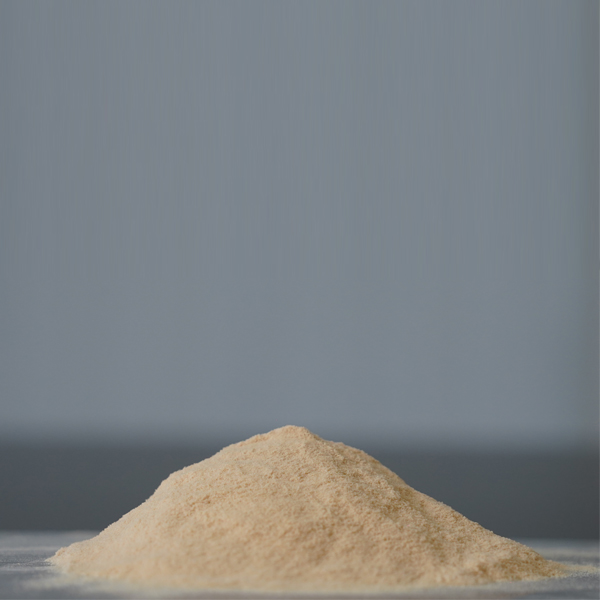
News
יול . 29, 2024 05:19 Back to list
Innovative Production of Chelating Agent Medications for Enhanced Healthcare Solutions
The Role of Chelating Agent Drugs in Modern Medicine
Chelating agents are compounds that can form complex molecules with metal ions, effectively binding them and facilitating their removal from biological systems. In modern medicine, chelating agent drugs play a crucial role in treating various conditions associated with heavy metal toxicity, mineral imbalances, and certain diseases. This article explores the importance of chelating agent drugs, their mechanisms of action, and their applications in medical treatments.
Mechanism of Action
Chelating agents operate on the principle of chelation, where a chelator molecule binds to a metal ion, forming a stable complex that the body can excrete. This interaction typically involves the electron-donating groups of the chelator, such as amine, carboxylate, or hydroxyl groups, which effectively 'trap' the metal ions. Commonly used chelating agents include ethylenediaminetetraacetic acid (EDTA), dimercaprol, and DMSA (dimercaptosuccinic acid). These agents differ in their selectivity and affinity for specific metals, which allows for tailored treatments depending on the type of metal toxicity present.
Applications in Heavy Metal Poisoning
One of the primary applications of chelating agent drugs is in the treatment of heavy metal poisoning. Metals such as lead, mercury, and arsenic can cause serious health issues, including neurological damage, kidney dysfunction, and gastrointestinal problems. For example, lead exposure, especially in children, can lead to developmental delays and cognitive impairments. Chelating agents like EDTA are utilized to bind to lead and enhance its excretion through urine, thereby reducing its harmful effects on the body.
In cases of mercury poisoning, dimercaprol has been a historically significant chelating agent, effective in mobilizing mercury for excretion, thus alleviating its toxic effects. More modern agents, such as DMSA, provide additional benefits due to their oral bioavailability and reduced side effects, making them suitable for outpatient treatment.
chelating agent drugs factory

Chelation Therapy in Other Conditions
Beyond heavy metal poisoning, chelation therapy has also been investigated for its potential benefits in other medical conditions. Research suggests that it may play a role in treating cardiovascular diseases by removing excess iron from the body, which can contribute to oxidative stress and damage to blood vessels. Some studies have indicated that chelation therapy might reduce the risk of heart attacks in certain populations, though more research is needed to establish its efficacy as a standard treatment.
Additionally, individuals with conditions resulting in iron overload, such as hemochromatosis or thalassemia, may benefit from chelating agents, as these can help regulate iron levels and prevent complications like liver damage and diabetes.
Safety and Considerations
While chelation therapy is a valuable treatment modality, it is not without risks. The use of chelating agents can lead to side effects such as electrolyte imbalances, kidney damage, and allergic reactions. Therefore, it is crucial for healthcare providers to carefully evaluate the risks and benefits before initiating therapy. Monitoring patients during treatment is also essential to mitigate potential adverse effects and ensure the effectiveness of the chelating agent.
Conclusion
Chelating agent drugs are indispensable tools in modern medicine, particularly in the management of heavy metal poisoning and related conditions. Their ability to bind and remove toxic metals enhances patient safety and improves health outcomes. As research continues to evolve, the scope of chelation therapy may expand, revealing new therapeutic potential. Therefore, ongoing studies and clinical trials are essential to refine our understanding of these crucial compounds and optimize their use in various medical applications.
-
Polyaspartic Acid Salts in Agricultural Fertilizers: A Sustainable Solution
NewsJul.21,2025
-
OEM Chelating Agent Preservative Supplier & Manufacturer High-Quality Customized Solutions
NewsJul.08,2025
-
OEM Potassium Chelating Agent Manufacturer - Custom Potassium Oxalate & Citrate Solutions
NewsJul.08,2025
-
OEM Pentasodium DTPA Chelating Agent Supplier & Manufacturer High Purity & Cost-Effective Solutions
NewsJul.08,2025
-
High-Efficiency Chelated Trace Elements Fertilizer Bulk Supplier & Manufacturer Quotes
NewsJul.07,2025
-
High Quality K Formation for a Chelating Agent – Reliable Manufacturer & Supplier
NewsJul.07,2025
